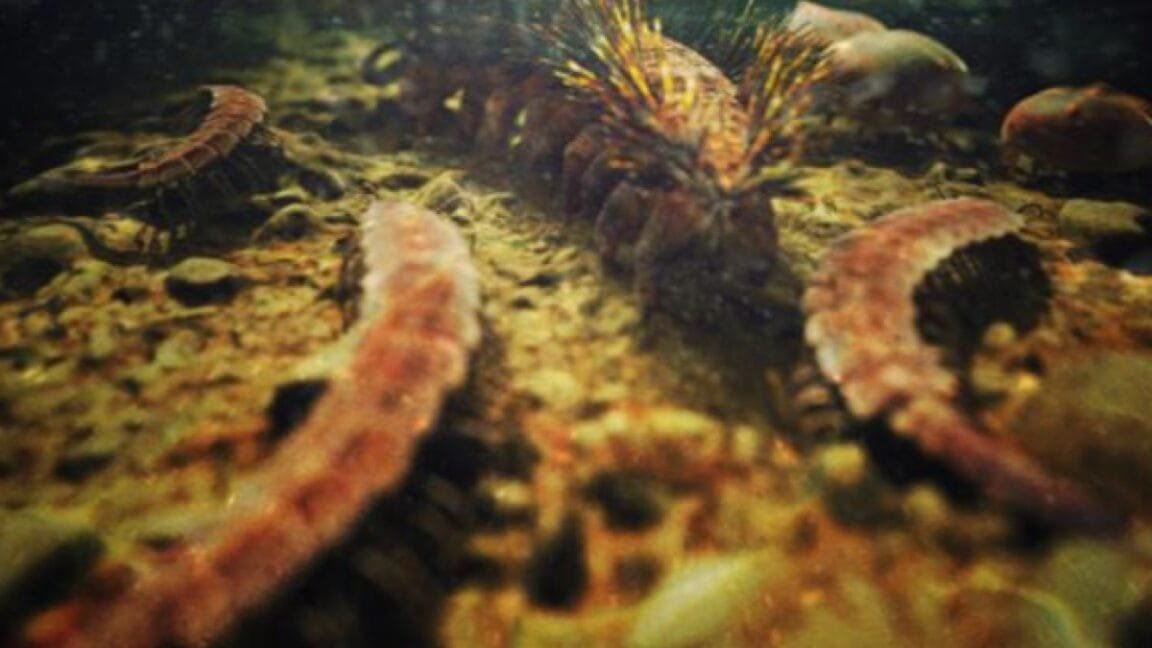
▼ Summary
– The article introduces a new monthly collection of interesting scientific stories, including discoveries in archaeology, fluid dynamics, forensic science, and bio-inspired design.
– Archaeologists discovered the tomb of Te K’ab Chaak, the first ruler of Caracol in Belize, containing artifacts like pottery, jadeite jewelry, and a death mask.
– The tomb was found by Arlen and Diane Chase, who have been excavating Caracol since the 1980s and used LiDAR to uncover hidden structures.
– A forensic study revealed how blood splatter patterns on cotton fabrics can provide insights into the speed and direction of blood travel.
– Research on elephant ear structures suggests potential applications for improving indoor temperature control in future building designs.
Scientific breakthroughs often fly under the radar, overshadowed by more prominent discoveries. This month’s overlooked gems range from archaeological revelations to cutting-edge forensic techniques, each offering fascinating insights into our world.
Archaeologists working in Belize have uncovered a monumental find, the tomb of Te K’ab Chaak, the first ruler of the ancient Maya city of Caracol. Leading the excavation, Arlen and Diane Chase utilized LiDAR technology to penetrate dense jungle foliage, revealing hidden structures like interconnected roadways and ceremonial sites. After decades of meticulous work, they located the royal tomb beneath a family shrine, complete with pottery, jadeite jewelry, and a mosaic death mask. Analysis suggests the king stood around 5’7″ and lived to an advanced age, evident from skeletal wear. DNA and isotope studies are now underway to uncover more about his life and lineage.
Meanwhile, forensic science has taken a leap forward with new research on bloodstain patterns. A recent study in Forensic Science International explores how blood behaves when it strikes cotton fabric, a critical detail for crime scene investigations. Unlike smooth surfaces, textiles absorb and distort blood in unique ways, complicating traditional analysis. By understanding these dynamics, experts can more accurately reconstruct violent incidents, refining techniques used in courtrooms worldwide.
From ancient rulers to modern crime-solving, these discoveries highlight the relentless pursuit of knowledge across disciplines. Whether unearthing lost history or refining investigative tools, science continues to push boundaries in unexpected ways.
(Source: Ars Technica)
